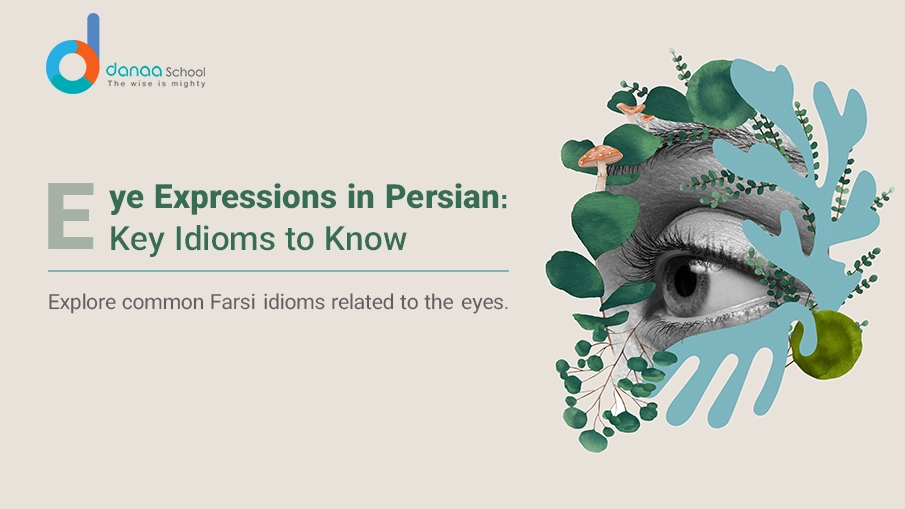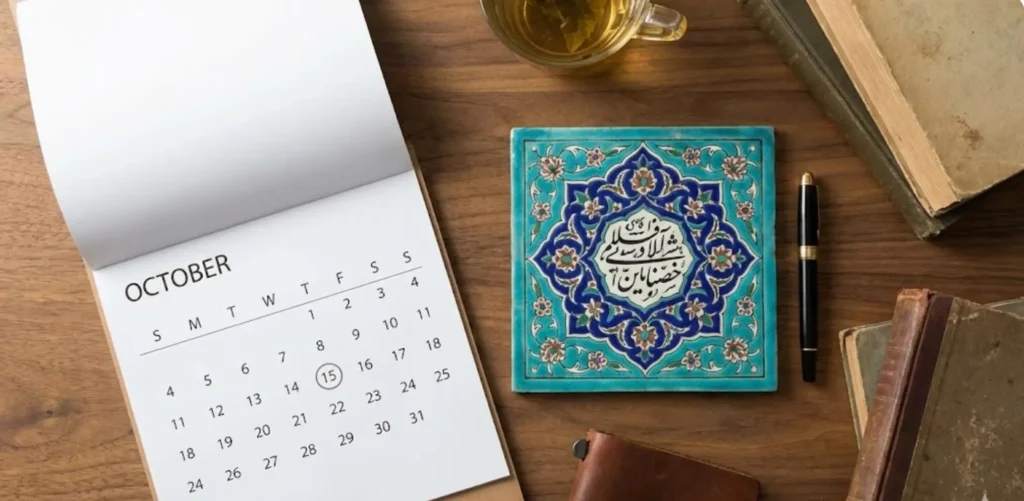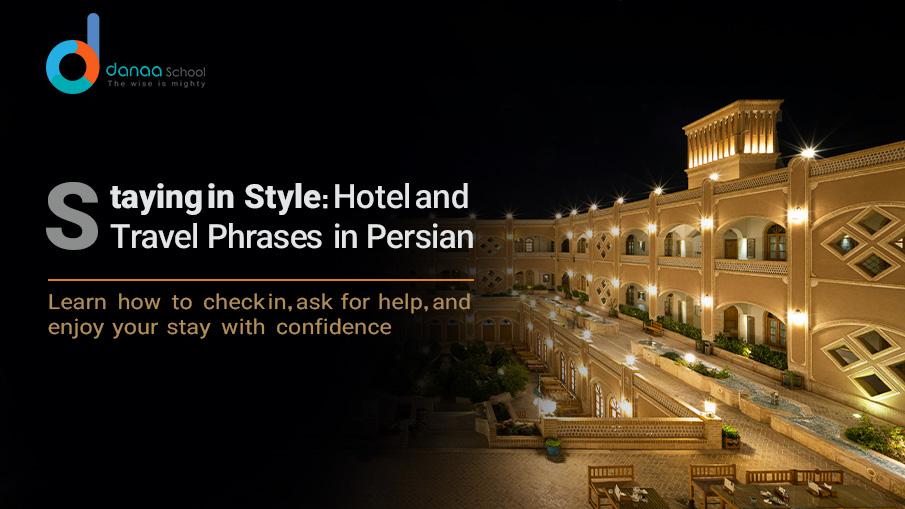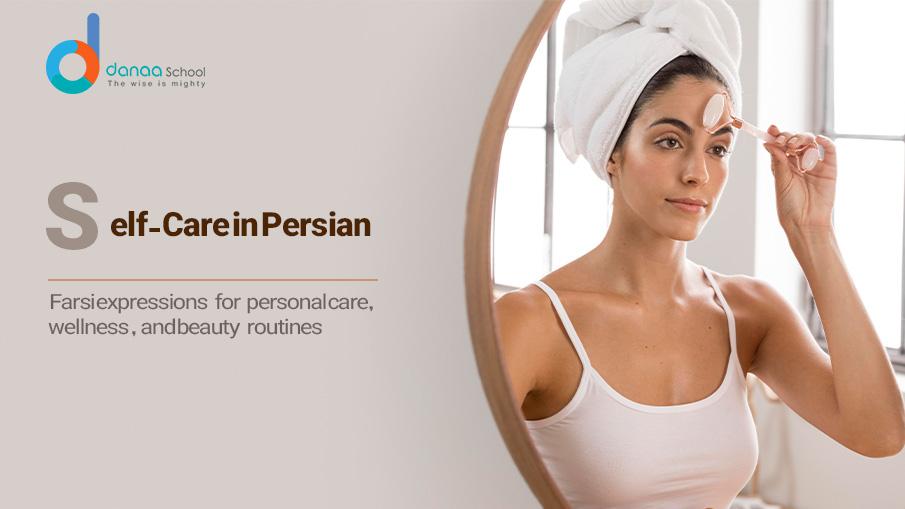Persian Expressions with Body Parts: چشم Cheshm ‘Eye’
Learning Farsi is not only about mastering vocabulary and grammar but also diving into the cultural richness expressed through idiomatic phrases. Persian expressions often reference body parts, conveying nuanced meanings rooted in traditions, emotions, and everyday experiences. Among these, the word چشم (cheshm), meaning “eye,” holds significant importance, symbolizing respect, admiration, and attentiveness. Let’s explore these expressions and learn Farsi the Persian way, enriched by cultural insights from Danaa School.
چشم (Cheshm): A Window to Persian Culture
The “eye” holds a prominent place in Persian culture and language. It is not just a sensory organ; it symbolizes beauty, care, and respect. In Farsi, cheshm frequently appears in idiomatic phrases that reflect a speaker’s intention, mood, or relationship with the listener. For learners, understanding these expressions offers a pathway to mastering Farsi in a way that feels authentic and culturally informed.
Expressions with چشم Cheshm and Their Meanings
چشم! (Cheshm!) – “Yes!” or “As You Wish!”
This simple yet profound expression is a polite and respectful way to affirm agreement. When someone asks you for something or makes a request, responding with چشم conveys attentiveness and a willingness to comply.
- Example:
- A: Could you pass me that book?
- B: چشم!
چشم شما روشن (Cheshm-e Shoma Roshan) – “May Your Eyes Be Bright!”
This phrase is used to congratulate someone on happy news, particularly about a loved one. It reflects joy and shared happiness.
- Example Context:
- A: My son just graduated!
- B: چشم شما روشن!
به چشم! (Be Cheshm!) – “Certainly!”
A formal and polite way to agree to a task or request, this phrase emphasizes respect and attentiveness. It is often used in professional or courteous interactions.
- Example:
- A: Please deliver this message to Mr. Reza.
- B: به چشم!
زیر چشمی نگاه کردن (Zir-e Cheshmi Negah Kardan) – “To Look Stealthily”
This idiom describes someone looking out of the corner of their eye, often with suspicion, curiosity, or subtlety.
- Example:
- The child زیر چشمی نگاه کرد to see if his parents were watching.
چشم و گوش بسته (Cheshm-o Goosh Basteh) – “Blindly Obedient”
Used metaphorically, this phrase means following orders without question or blindly accepting something.
- Example:
- Some people چشم و گوش بسته follow trends without understanding them.
Cultural Insights: The Importance of چشم in Persian Etiquette
In Persian culture, maintaining eye contact during conversations shows respect and engagement. However, subtle differences in how cheshm expressions are used can convey levels of familiarity or formality. For example:
- چشم! is perfect for informal situations.
- به چشم! fits more formal or professional contexts.
These linguistic nuances highlight the layered meaning behind cheshm expressions.
Common Proverbs with چشم Cheshm
از چشم افتادن (Az Cheshm Oftadan) – “To Fall Out of Favor”
When someone loses their reputation or appeal, this phrase aptly describes the situation.
- Example:
- He lied so many times that he از چشم افتاد.
چشمپوشی کردن (Cheshm-Pooshi Kardan) – “To Overlook”
This expression implies forgiving or ignoring someone’s mistakes, often out of kindness or pragmatism.
- Example:
- The teacher چشمپوشی کرد at the late homework submission.
چشم خوردن (Cheshm Khordan) – “To Be Jinxed”
Belief in the “evil eye” is prevalent in Persian culture, and this phrase refers to someone experiencing misfortune due to envy or admiration.
- Example:
- The new car چشم خورد after being praised excessively.
Practical Use of چشم Phrases for Farsi Learners
Building Politeness in Speech
Persian speakers often use چشم to soften commands or requests. Incorporating these expressions into your conversations can make your Farsi sound natural and respectful.
Enhancing Listening Skills
Listen for cheshm in conversations to understand context and tone. It’s a great way to grasp Persian social cues.
Cultural Immersion
By mastering cheshm expressions, you can navigate Persian social settings with confidence, showing both linguistic competence and cultural understanding.
Modern Adaptations of چشم Expressions
In contemporary Persian, cheshm phrases have found their way into digital communication, often appearing in text messages or online chats. Emojis, such as 👀, are paired with phrases like چشم to add a playful touch.
Interactive Activities for Learning چشم Expressions
Role-Playing Conversations
Practice common scenarios, such as responding to requests or congratulating someone, using cheshm expressions.
Flashcards with Idioms
Create a set of flashcards featuring cheshm idioms, their meanings, and examples. Review them regularly to build familiarity.
Watching Persian Dramas
Persian TV series and films often showcase these expressions in natural contexts. Listening closely can enhance your understanding.
FAQs
What does چشم mean in Persian?
- چشم literally means “eye,” but it is widely used in idiomatic expressions to convey politeness, agreement, and attentiveness.
How do you use چشم in conversations?
- You can use چشم to affirm a request, congratulate someone, or show respect. For example:
- A: Could you help me with this?
- B: چشم!
What is the meaning of چشم خوردن?
- چشم خوردن refers to being affected by the “evil eye,” a superstition where excessive admiration or envy causes bad luck.
Can چشم be used formally and informally?
- Yes, phrases like چشم! are informal, while به چشم! is more formal and polite.
How can I learn Persian expressions with body parts?
- Practice commonly used phrases, engage in conversations with native speakers, and explore media like Persian films or books to understand context.
Are there any other expressions with چشم?
- Yes, Persian is rich in idiomatic expressions. For instance: چشم انتظار بودن (to be eagerly waiting) and از چشمان کسی چیزی خواندن (to read something from someone’s eyes).
Conclusion
The Persian language reflects deep cultural values, with expressions like those involving چشم offering a glimpse into its heart and soul. Whether you’re learning Farsi for travel, relationships, or personal growth, mastering these idioms not only enriches your vocabulary but also enhances your cultural fluency.
By incorporating these idiomatic phrases into your language learning journey, you’ll speak Farsi with authenticity and charm, connecting more deeply with Persian speakers and traditions. Danaa School provides the perfect platform to practice and refine your skills—so why wait? Dive into the world of Persian expressions today!



